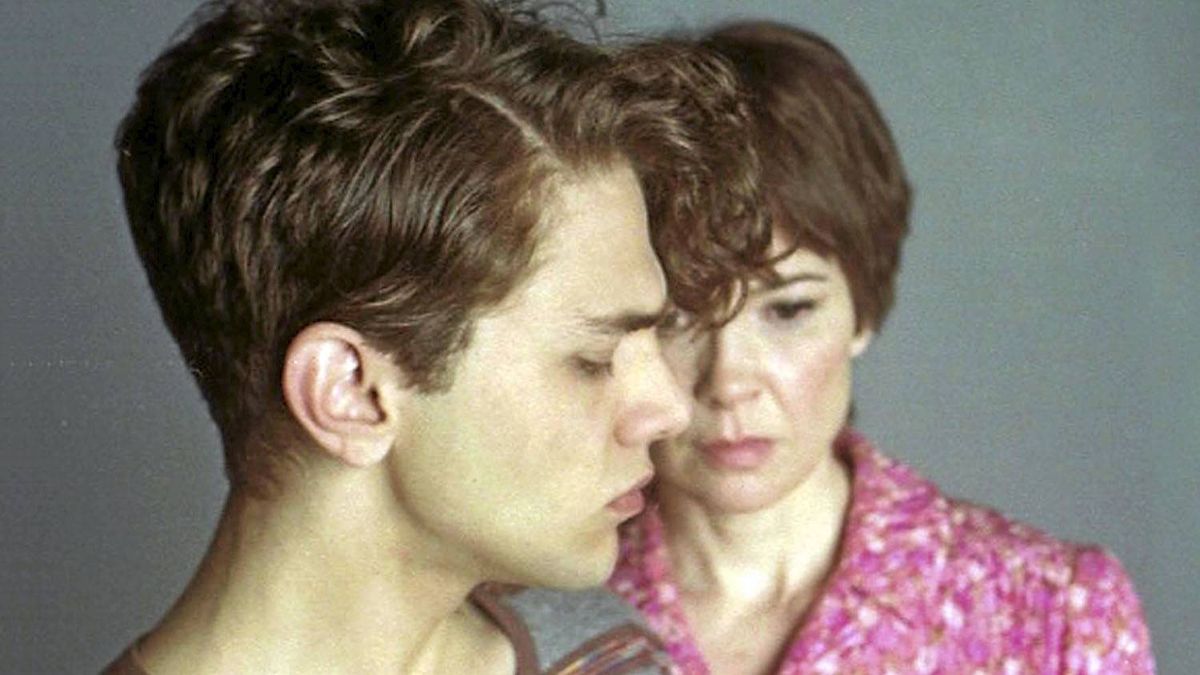
Thank Almighty, the art of cinema never ceases to please and surprise us. And the 21st century has been a great time for movies, as we’ve seen really lots of good ones. And what’s more, new directors spring up all the time, making surprising debuts that most of the times foretell their future in films. Here are some of the best debut films of this century:
15. Grbavica by Jasmila Žbanić – 2006
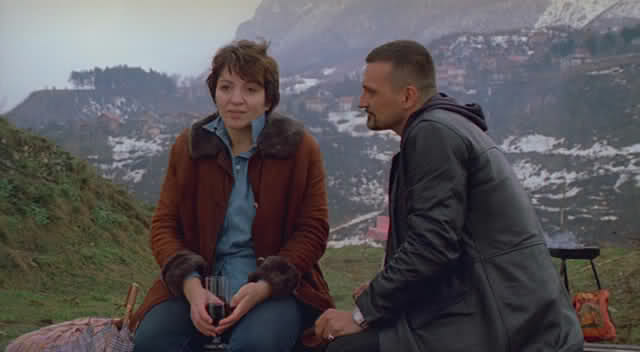
If you come from a tormented corner of the planet, you really need to talk a lot about it to narrate your own reality. So, the young Jasmila Žbanić, after having finished her studies in the Academy of Performing Arts in Sarajevo and having worked as a puppeteer in the US, she came back to her homeland to tell stories about the atrocities of the Serbian-Bosnian war, and the difficulties of living in a country that has been torn apart.
Her debut movie “Grbavica” tells the heartwarming and at the same time heartbreaking story of Esma, a lonely woman (played by Mirjana karanovic) who lives with her 12-year-old daughter Sara in a small apartment in Sarajevo and tries hard to make ends meet working double shifts.
The father Sara never knew is supposed to be a war martyr. When the school organizes a trip that costs 200 Euros – a large amount of money for Esma, who tries hard to find it – Sara is told that she may not have to pay if she brings a document that shows she’s the child of a war hero. And the time has come to find out the truth about her father.
The Golden Bear in Berlinale was a bright start for Žbanić, who kept on making more films about the contemporary living history of her land.
14. The Orphanage by J.A. Bayona – 2007
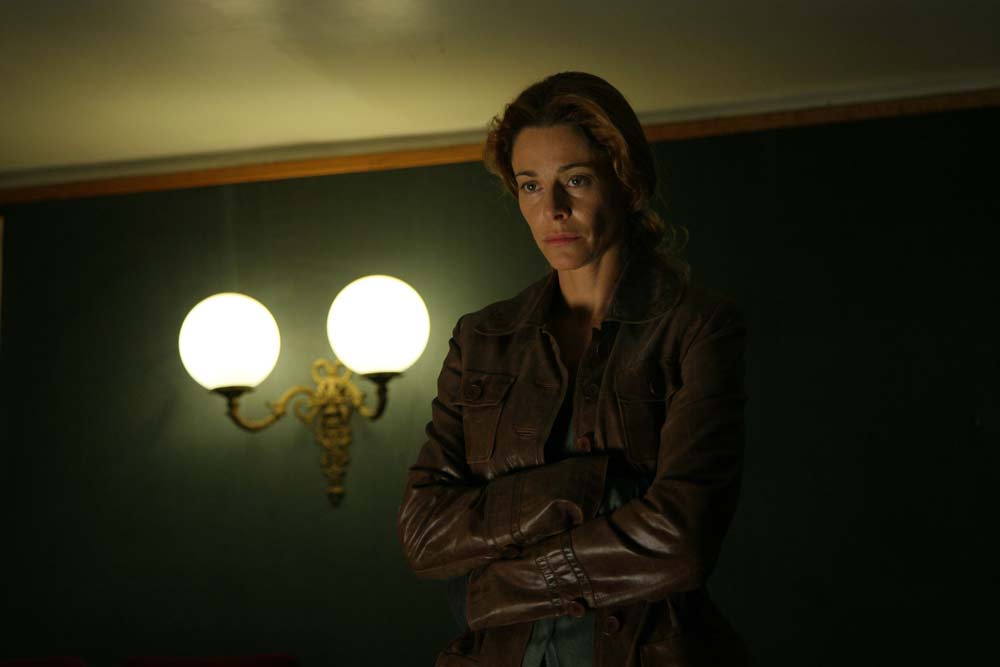
Bayona’s first movie was produced in Spain by Guillermo del Toro, and launched the international career of its director.
A gothic thriller, as it is categorized, the film was acclaimed for its slow pace in terror, for creating a horrific atmosphere out of dim lights, for its imposing score and the eerie figure of a little child dressed in an old school uniform and wearing a weird mask. It is well based on the grounds of the genre – a big house in the middle of nowhere, a haunted past, the imagery of childhood as threat, the dazed balance between reality and imagination – and at the same time he discusses topics such as HIV.
What he surely achieves is to depict the immense, limitless mother’s love for her offspring, even if the latter isn’t the fruit of her uterus. As in many horror movies of the 21st century, such as “The Others” and “Hereditary,” the woman / mother is the central figure, and the action takes place in an undefined space between reality and her imagination and psychosis.
The same pattern is deplored here as Laura, the mother of Simón, decides to buy and move with her husband and child into the remote house that once hosted the orphanage she grew up before being adopted – a decision to be discussed with a psychiatrist, as the house would normally be full of memories, not all of them good. More than that, they are memories she cannot control and will come between herself and her adopted son in the form of invisible friends, terrifying masks, and long-forgotten secrets.
Bayona achieves at creating an unseen, unuttered terror based not on what is done but in what is not done. As most masters in thrillers manage, he leaves us breathless in every moment as we don’t know what will follow, but we are certain it would be something horrifying… while it isn’t. So we come by some script defects – people search for for Simón for nine months without stopping, but they don’t look in the house’s basement? The outcome did credit to Bayona, who made two more features and was trusted to direct the fifth sequel of the Jurassic Park/World series.
13. George Washington by David Gordon Green – 2000
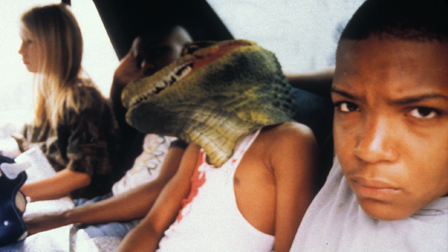
A sweet and masterly filmed coming-of-age film, Green’s first attempt behind the camera gathered critical acclaim for its cinematography, and its nostalgic and deeply sad atmosphere. During an idle summer in a rusting town somewhere in North Carolina, adults and children move sluggishly between torn metal carcasses and weeds. Adults who behave like children. Children who talk like adults. Black and white, poor alike. Conscious of the total frailty that poverty generates.
Buddy is in love with Nasia, but she breaks up with him because she has fallen for George Washington, a strange boy whose skull never hardened after birth and walks around with a helmet to protect his head. One day, four of the kids play in a deserted amusement park and, in the restroom, George kills Buddy by accident. All three of them decide to keep the incident a secret, but then each of them will have to deal with guilt and remorse in his/her own way.
Tim Orr’s cinematography is probably what’s best remembered of this film. Slow traveling shots that transmit the pace that life has in Deep South, the color play with bruised ochres gave to the film an undeniable quality and strayed attention from the weak screenplay, with an erratic rhythm and lots of dialogue of kids who talk like adults. It was more like a real-life fairytale than a story and marked Green’s cinematic style.
12. La Cienaga by Lucrecia Martel – 2001
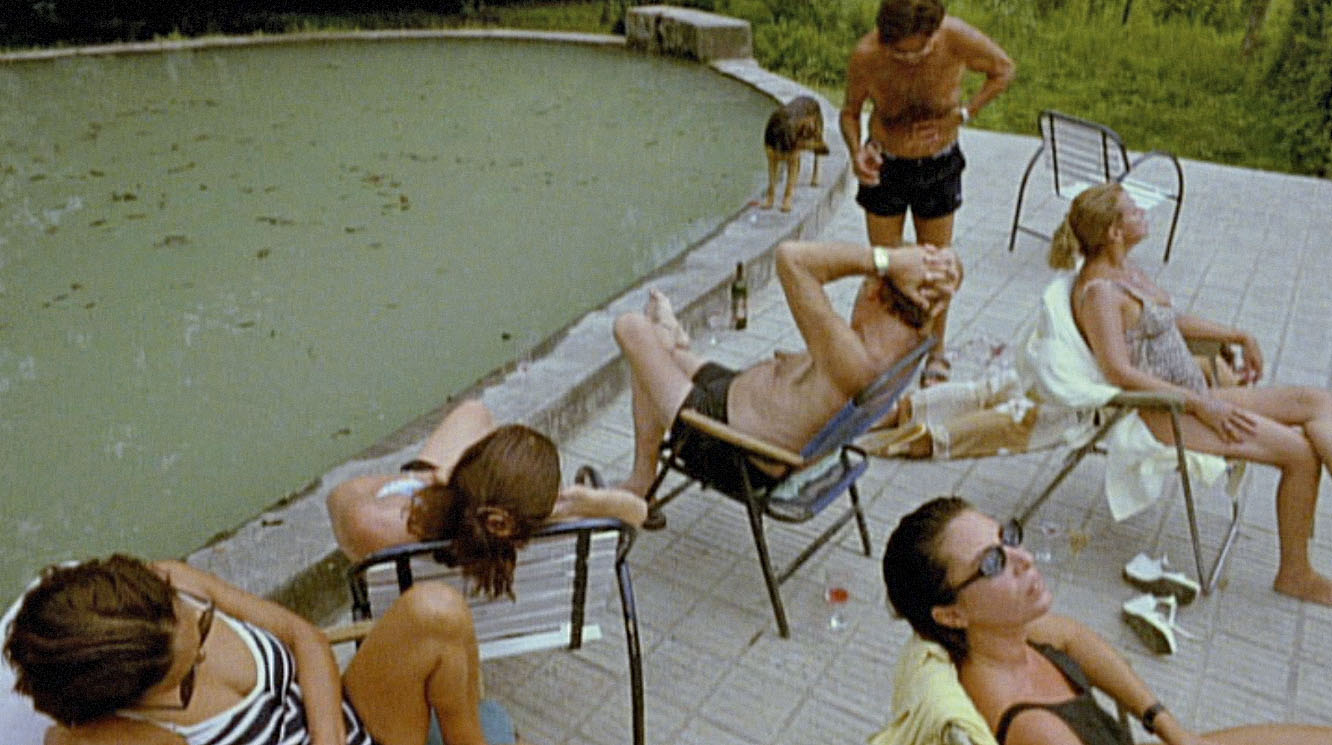
After several successful short films, Martel set off for her first feature, a confusing story of two troubled families set somewhere in northwest Argentina near the frontier with Bolivia.
Mecha and Gregorio, a bourgeois family, move with their four teenagers to pass the summer in their derelict holiday mansion. Soon after the movie starts, they have a cocktail party next to the swimming pool – which is neglected and dirty and has virtually become a swamp (‘cienaga’ in Spanish) – and Mecha, drunk, falls down and cuts herself.
When she gets back from the hospital and her older son, handsome and reckless José, comes for a prolonged visit, the house and its inhabitants begin to fall apart – everybody lays wherever they please, the young boys go hunting together with natives from the village, they all huddle around the pool that becomes more and more dirty. Mecha rudely treats her Amerindian servants while Isabel, the younger of them, is very popular among the teenagers of the house and the village.
Mecha’s cousin, Tali, a repressed middle-class housewife with three young children, sees the mansion as an escape from her miserable everyday life and she pays frequent visits. While she stays in Mecha’s room gossiping and talking about their past, her wild children join the gang of the elder ones, exacerbating the decomposition process.
Martel portrays a deceptive and at times frightening picture of her country, 10 years after the economic collapse that shook it. In a story that is messy and full of symbols, she manages to address both high and low classes, the natives, the bourgeois and their rebellious offspring who defy their authority. The house and its inhabitants fall to pieces under a menacing cloudy tropical sky that predicts nothing good.
11. Synecdoche, New York by Charles Kaufman – 2008
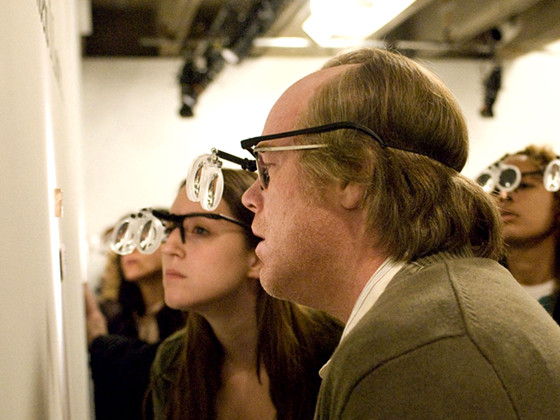
Charlie Kaufman was a successful scriptwriter (“Being John Malkovich,” “Eternal Sunshine of the Spotless Mind”) when he decided to move behind the camera and make a rather dark and highly sophisticated film, the most complex of all the ones he had written before.
“Synecdoche, New York” is a movie about the flow of time and death that comes to the end of it. It is about fear of death in the way Caden, the absolute lead of the film, sees it. He experiences all kinds of diseases that leads him to constant stress. He also experiences a sentimental loss, which he always tries to fulfill in the wrong way. As Kaufman himself stated, it is a film about every one of us, as we all go through that scary trip of seeing our body being altered and sensing the coming of death.
Every picture in the movie carries hidden details that explain the tangent universe that is omnipresent. The colors of clothes, the lyrics of songs, the elusive references to famous writers (Kafka, Proust, Williams), the lettering on signs and placards, are all placed there to mean something. As the film progresses, it moves gradually toward absurdity and mere symbolism, as the actors are playing the roles of other actors who play roles, and so on. The hazy look on his protagonists and how they connect with a distorted reality made that film subject to extensive analysis by film critics and aficionados.
Kaufman probably liked directing his own stories. His next film “Anomalisa” is an exquisite example of animation for adults that requires a lot of analysis as well. Since nothing is planned for him right now, maybe we should wait a bit to see more of his incredible stories.
10. In Bruges by Martin McDonagh – 2008
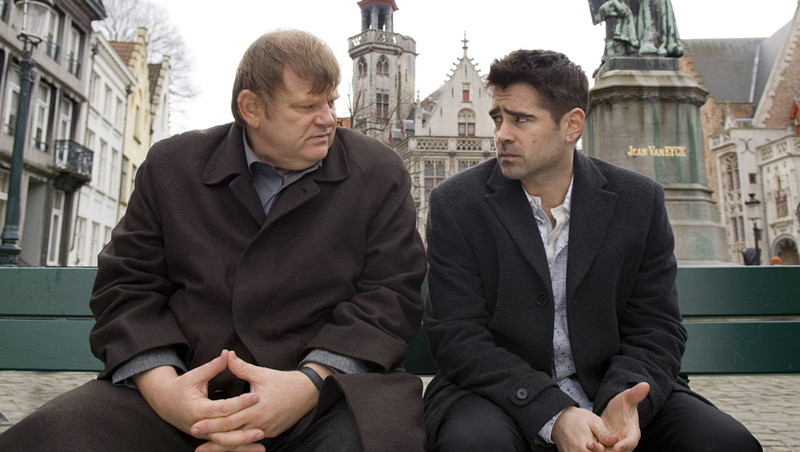
McDonagh was a successful theater playwright – the ‘enfant terrible’ who launched the ‘In Your Face’ theater genre that brings vulgar and disturbing topics on stage – when he decided to write and direct stories for the big screen. He has released three features since then, with the last one, “Three Billboards Outside Ebbing, Missouri” being nominated for seven Oscars, of which it won two (Best Actress and Best Supporting Actor).
Coming from theater, McDonagh knew well how to present and evolve his characters and get the best out of his actors and actresses. “In Bruges” could be called a crime movie, but it is surely a very potent and well-built drama with inner conflicts that result in an external climax. Gleeson gave a noticeable performance, but he was an actor who had already given proof of his potentialities.
What came as a surprise was the acting of Colin Farrell, who was the ‘young and beautiful’ star in movies and out of the blue proved to be a strong and convincing character actor. Together with his role in Woody Allen’s “Cassandra’s Dream” some months later, he proved that in the hands of an inspiring director, with the help of a powerful plot, he can work miracles.
9. I Killed My Mother by Xavier Dolan – 2009
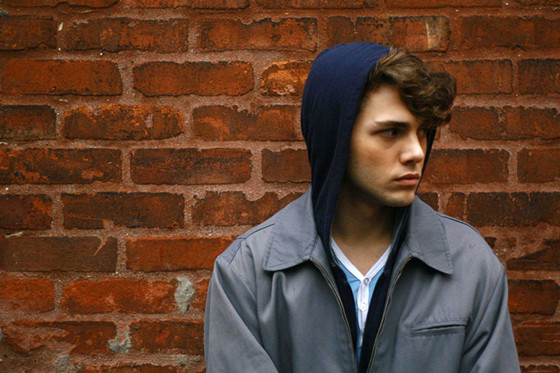
One of the most remarkable debuts of this century, 20-year-old actor Xavier Dolan writes, directs and plays the male lead of an astonishing coming-of-age film, characterized by its honesty and forwardness. The story is both eternal and contemporary, the problematic love-hate mother-son relation, started by Oedipus to end in the apartments of modern cities, where single and divorced mothers raise their sons alone, becoming both fathers and mothers for them, and having to face all the problems created by a troubled adolescence.
This movie goes deep into the relationship of 16-year-old Hubert with his mother, the middle-aged Chantal who lives a solitary life and has frequent nervous breakdowns that worsen her yet difficult relationship with her son. Hubert feels alone in a world where he has to cope with all his problems of identity that cannot be solved until he treats the basic one: his relationship with his mother.
Dolan made a very good film with a very low budget – he had to apply twice in SODEC to get a $400K subsidy – because he partly tells his own story in an age he is not far away from and remembers very well. He managed to portray in a very convincing yet minimal way both the everyday life and conflicts of Hubert, and his mother and Hubert’s homosexual orientations. He filmed his own life being not at all ashamed of it, and that marked his ascendant way to cinematic pantheon.
The film was enthusiastically received in Cannes, winning three of the four prizes in the Director’s Fortnight sidebar, and Dolan became a star in the age of 20. Today, younger than 30 years old, he is considered as one of the most promising directors of the century, with five more features and 71 wins in international festivals (Cannes and Venice included).